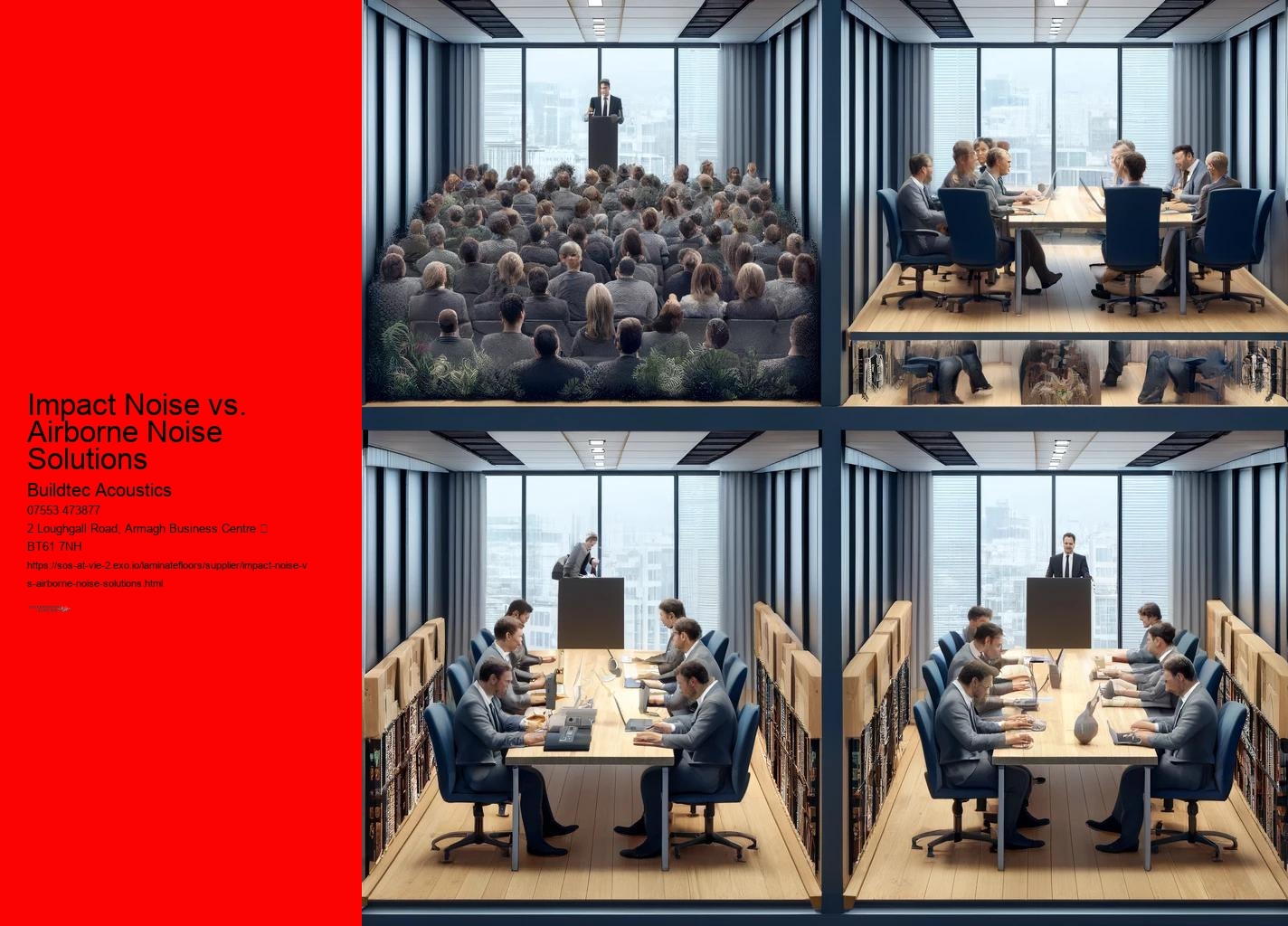They are designed to be installed beneath the visible flooring material, meaning that the desired flooring-whether it is elegant hardwood, practical laminate, or cozy carpet-is maintained without alteration. Soundproofing Material Products from this Soundproofing Supplier are affective acoustic solutions. In terms of aesthetics and design, acoustic underlays do not compromise the look and feel of the finished floor.
Impact Noise vs.
Impact Noise vs. Airborne Noise Solutions - medium-density fibreboard
- piano
- foam
- sibling
- telephone
- adhesive
- Sound transmission class
Airborne Noise Solutions - design
- energy transformation
- floating floor
- soundproofing
- room acoustics
- joist
- medium-density fibreboard
- design
- wall
Underlays help isolate vibrations, preventing them from being transmitted through the structure of the building, and reducing the impact on adjacent rooms or units. For instance, Tecsound underlays are commonly used beneath concrete or screed subfloors to add an additional layer of soundproofing that is effective against vibration and noise. They are particularly effective when used with materials like ceramic tiles or floating floors, providing both sound insulation and comfort underfoot. Airborne noise, such as music or conversations, can be reduced by choosing underlays with higher sound transmission class ratings. room acoustics These products provide greater efficiency in both heating and noise control, ensuring comfort throughout the year.
The compatibility with various floor finishes makes acoustic underlays an essential component of modern flooring design, helping to create a visually appealing and acoustically comfortable space.
Impact Noise vs. Airborne Noise Solutions - soundproofing
- sealant
- heat transfer
- engineering
- mass density
- efficient energy use
Hard surfaces, such as hardwood and laminate, often amplify sounds like footsteps, leading to unwanted echo and reverberation. joist Including acoustic underlays in renovation projects also helps ensure compliance with building insulation standards and soundproofing regulations, providing peace of mind for homeowners and builders. These materials also provide thermal insulation, enhancing the thermal resistance of the room while effectively managing noise levels. For example, Tecsound underlays are commonly used beneath concrete or screed subfloors to provide effective soundproofing against vibration and noise. Acoustic underlays absorb these sounds, resulting in improved room acoustics.
Impact Noise vs. Airborne Noise Solutions - medium-density fibreboard
- Cork
- fear
- echo
- virtuoso
- semi-detached house
- mass
soundproofing
